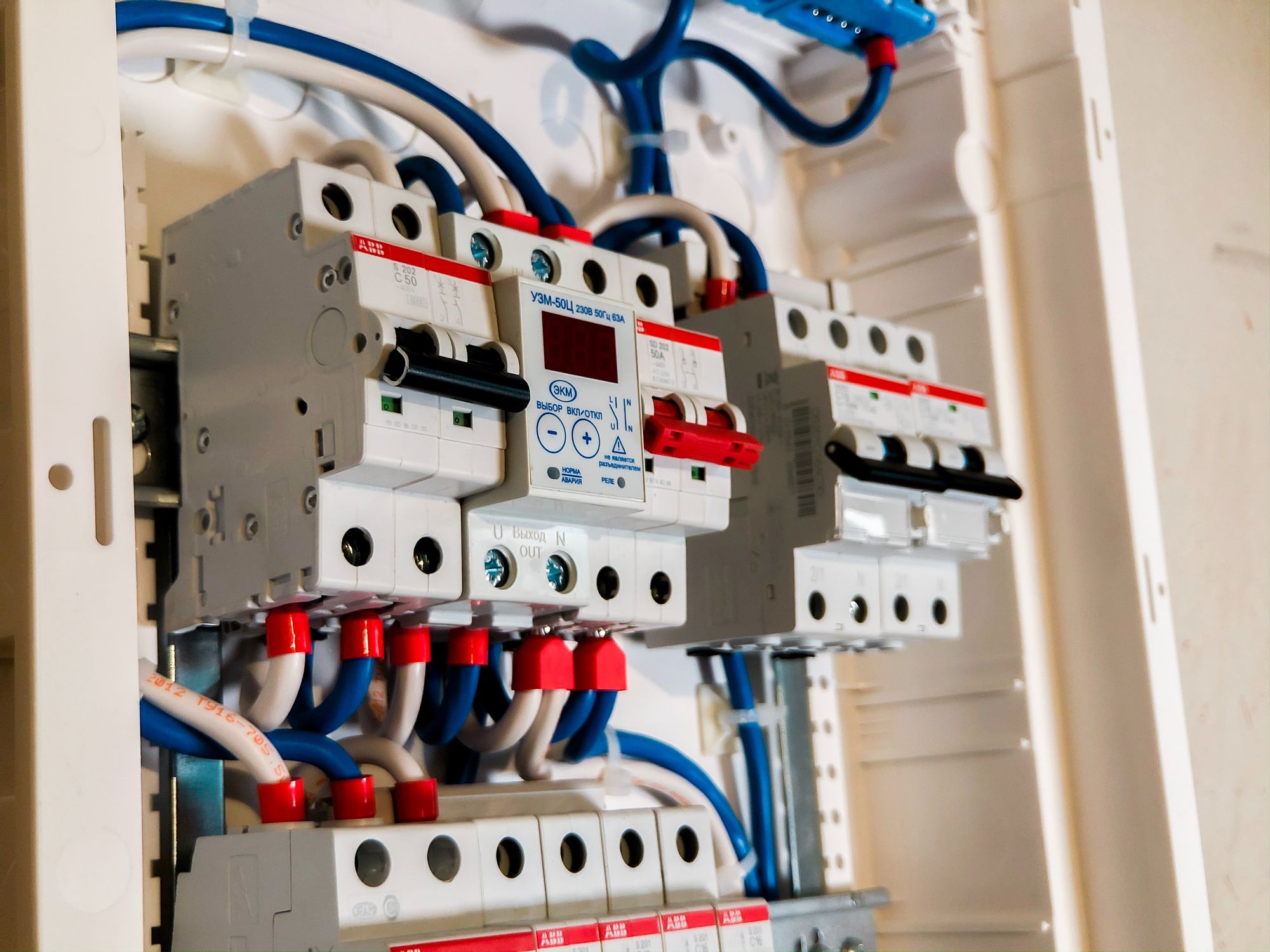Fuse box or Consumer unit?
Your home will be fitted with either a fuse box or an electrical consumer unit. This article will take you through the differences of each and help you to identify which type is fitted in your home and the most common causes of electrical fires in UK homes.
What is the difference between a fuse box and an electrical consumer unit?
A fuse box and a consumer unit serve the same purpose. They distribute electricity in your house through multiple circuits and instantly turn the power off whenever a power overload occurs on one of the circuits, which is commonly known as “tripping”.
When “tripping” occurs, a consumer unit will switch the power off using the circuit breaker linked to the overloaded circuit. It will turn itself to the position OFF making the faulty circuit easily identifiable. Once the circuit is fixed, the circuit breaker can be switched back on and the power restored.
A fuse box uses fuses instead of circuit breakers. Each fuse contains a wire which will melt if there is an electrical overload and make the circuit trip and switch the power off.
It is not as easy to identify a faulty circuit when using a fuse box and the, now melted fuse, will need to be replaced before the power can be restored.
Consumer units are basically the modern and safer version of fuse boxes which in most cases are no longer compliant with current electrical regulations.
If your house is fitted with an old fuse box, it might be time for you to replace it.
How do I know if I have an old-fashioned fuse box?
It’s very easy to tell if you have an old-style fuse box or a more modern consumer unit.
An old-style fuse box will have a series of fuses contained inside a fuse carrier which you can manually remove and replace when one of them goes off following a power overload.

A consumer unit however, will be made of a horizontal row of what is known as MCB (Mini circuit breakers). Each MCB will have a switch which can go off in case of a power surge.

How much does it cost to replace a fuse box or electrical consumer unit?
The costs of replacing a fuse box or upgrading a consumer unit to a more recent once can vary greatly as it will depend on many factors such as:
- Which type of consumer unit is needed
- The number of circuits required
- How old the existing installation is
It is best to speak to a qualified electrician first to get a free quote for replacing the old fuse box with a Consumer unit and issuing a NICEIC Electrical installation certificate and part P notification to building control.
The top five most common causes of electrical fires in UK homes
- Faulty Sockets / Appliances
Most electrical fires are caused by faulty electrical plug sockets and dated appliances that have been around for a while. Don’t use an appliance with a worn cord which could send heat onto combustible surfaces like floors, curtains, and rugs that can start a fire. - Light Fixtures & Fittings
Lamps, light bulbs, and light fixtures and fittings are another common reason for electrical fires. Installing a bulb with a wattage too high for the lamps and light fixtures is a leading cause of electrical fires. Check the maximum recommended bulb wattage on any lighting fixture or lamp and never exceed this amount. Putting materials like cloth over a lampshade is also a cause, the material heats up and ignites, causing fire. - Extension Leads
Appliances should be plugged directly into an outlet and not plugged into an extension lead for any length of time. Only use extension cords as a temporary measure. If you do not have the appropriate type of plug sockets for your appliances, get an electrician to your home to install new ones – a much safer alternative. - Portable Heaters
These types of heaters are often put too close to combustible surfaces such as curtains, beds, clothing, chairs, sofas and rugs. Coil space heaters are especially dangerous due to the coils becoming so hot that they will almost instantly ignite any nearby flammable surface. If you do use portable heaters, use the oil filled radiator-type that diffuse heat over the entire surface of the appliance. These are less likely to ignite flammable items, but should still be kept away from them. - Outdated Wiring Systems
If a home is over 20 years old, it may not have the wiring capacity to handle the increased amounts of electrical appliances in today’s average UK home, such as computers, televisions, games consoles, kitchen gadgets etc. Breakers should be triggered when circuits get overloaded by too much electricity, but outdated fuse boxes often have worn connectors that do not work, causing the system to overload and start an electrical fire.

